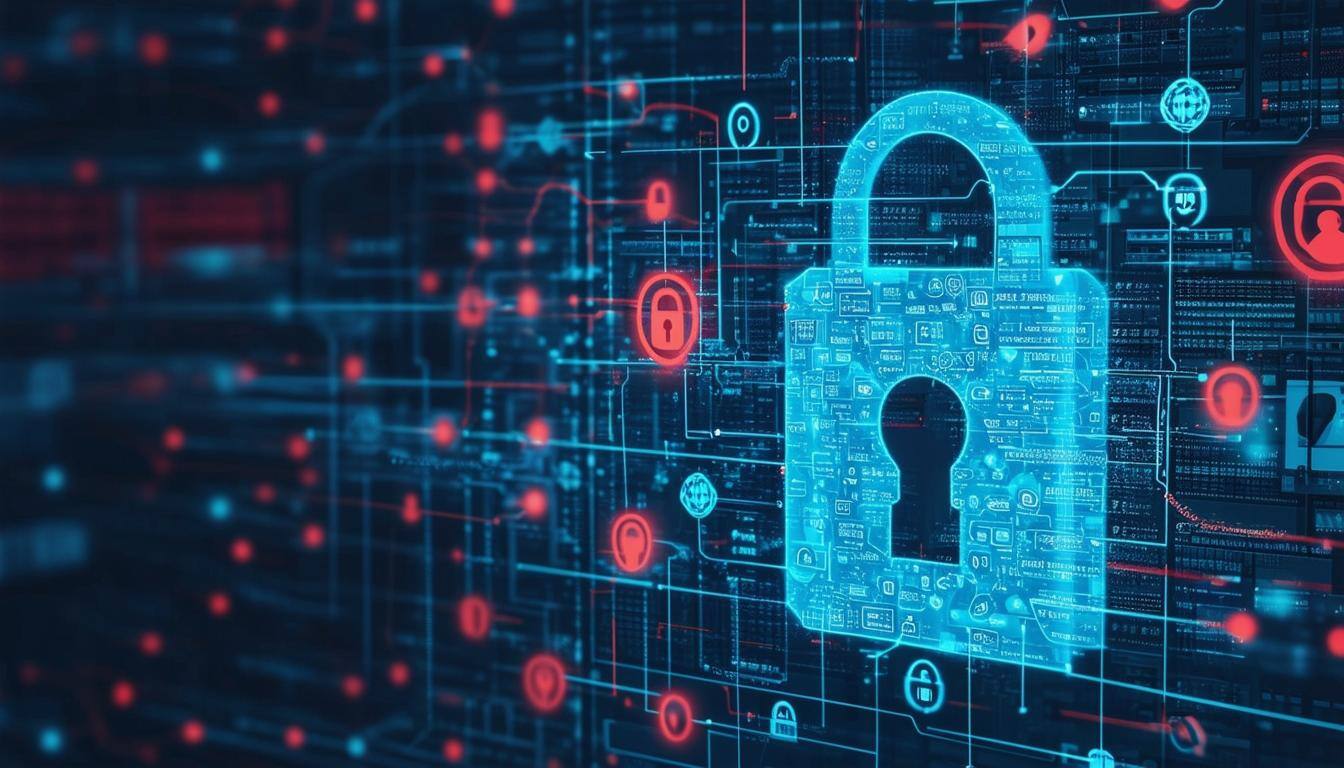

When the world is a sea of risk, you need to know your business, your people and your intellectual property are safe.
We’re your Liferaft.

Insider threats pose a significant risk to organizations of all sizes across industries. To protect your company's sensitive data and assets, it's crucial to understand what insider threats are, how to identify them, and, most importantly, how to mitigate their present risks.
An insider threat is a security risk that originates within an organization. It typically involves a current or former employee, contractor, or business partner who has authorized access to an organization's networks, systems, or data and uses that access, either intentionally or unintentionally, to cause harm.
Insider threats can take various forms:
Malicious insiders: Those who intentionally misuse their access for personal gain or to harm the organization.
Negligent insiders: Employees who unintentionally put the organization at risk through carelessness or lack of awareness.
Compromised insiders: Individuals whose credentials have been stolen or who have fallen victim to social engineering attacks.
In 2023, Tesla faced a significant insider threat when two former employees leaked sensitive information about over 75,000 current and former employees to a German newspaper. This breach exposed a wide range of personal data, including names, addresses, phone numbers, email addresses, employment records, and social security numbers. Moreover, the leak revealed critical business information such as customer bank details, production secrets, and complaints about Tesla's Full Self-Driving features. This incident highlighted the need for improved security measures at Tesla, particularly in implementing more robust access controls and monitoring systems.
This case underscores the importance of comprehensive insider threat management strategies in protecting both employee privacy and company secrets.
Identifying insider threats can be challenging, as the individuals involved often have legitimate access to systems and data. However, there are several indicators that organizations should watch for:
To effectively mitigate insider threats, organizations should implement a multi-faceted approach:
Implement Strong Access Controls
Assign Ownership
Monitor User Activity and Network Traffic
Develop an Incident Response Plan
Conduct Regular Security Audits
Foster a Positive Work Environment
Implement Technical Controls
Insider threats are poised to become even more complex and challenging as we look to the future. The rapid advancement of technologies like artificial intelligence, the Internet of Things, and quantum computing will create new vulnerabilities that malicious insiders could exploit. Additionally, the continued shift towards remote and hybrid work models will expand the attack surface, making monitoring and controlling insider activities more challenging.
Furthermore, the increasing sophistication of social engineering tactics and the potential for AI-powered impersonation attacks could blur the lines between external and insider threats, making detection and prevention even more crucial.
By implementing insider threat mitigation strategies now, organizations can build a solid foundation to adapt to these emerging challenges. A proactive approach protects against current threats and establishes the necessary frameworks and cultures to quickly identify and respond to new types of insider risks as they emerge.
Remember, the cost of preventing insider threats is far less than the potential financial, reputational, and operational damages they can cause. By investing in comprehensive insider threat programs today, organizations can safeguard their future, maintain stakeholder trust, and ensure long-term resilience.